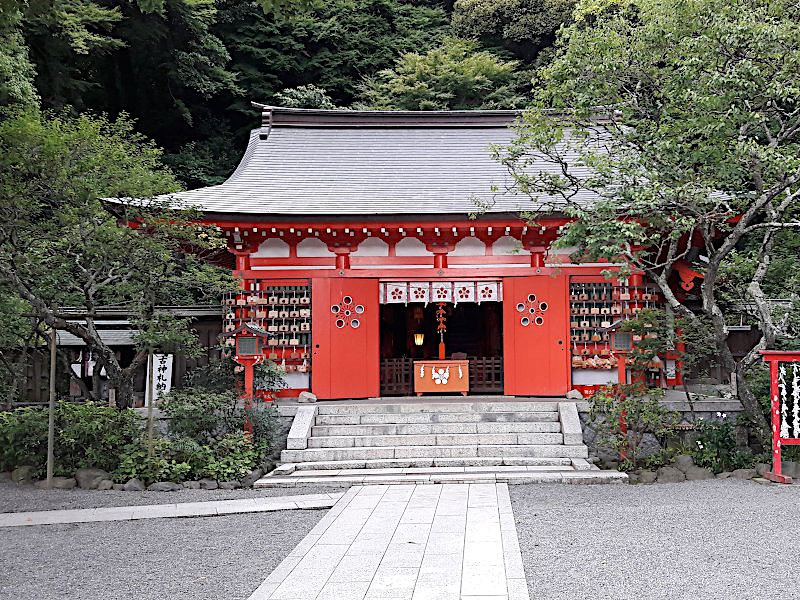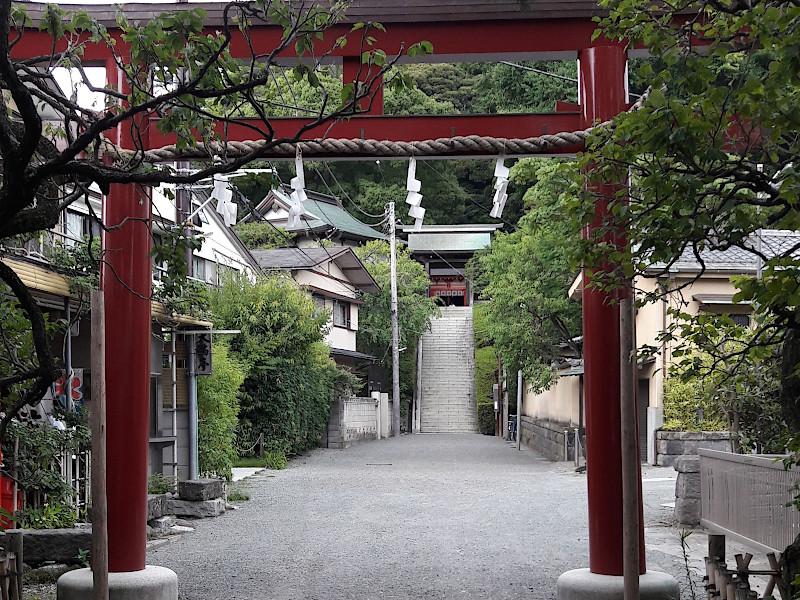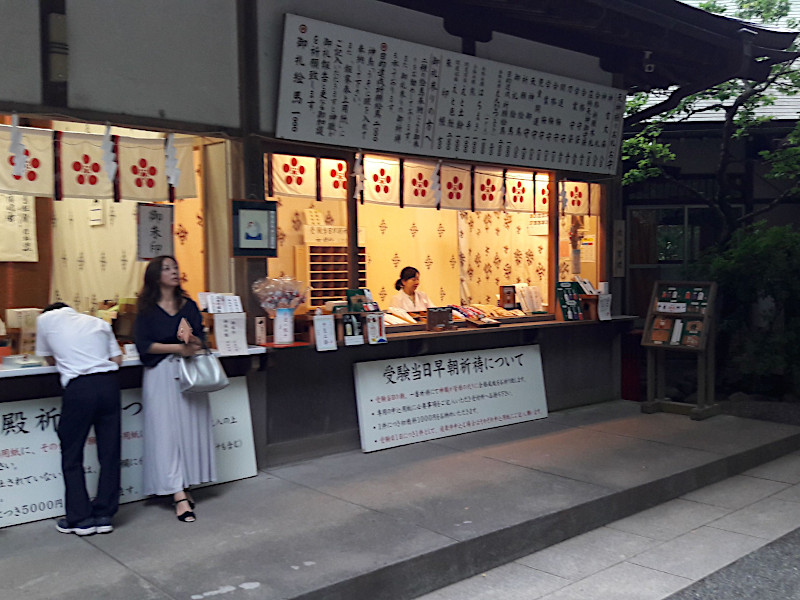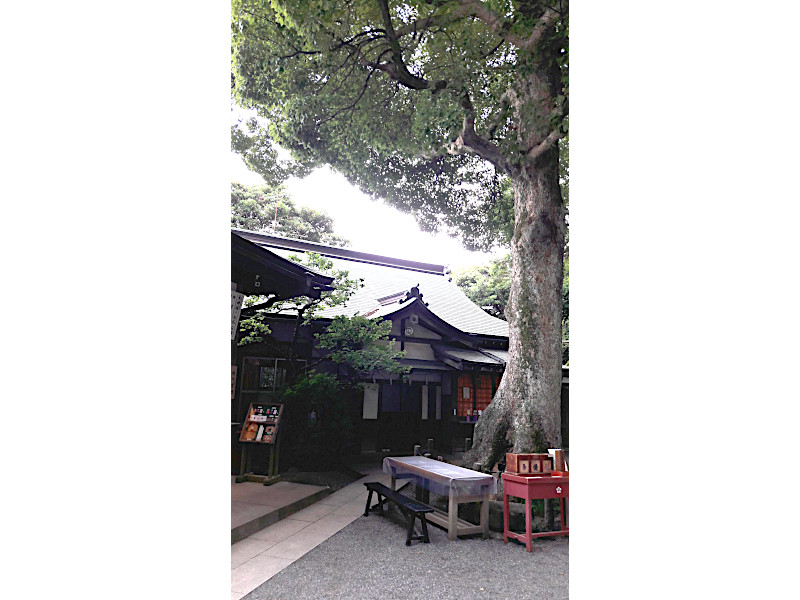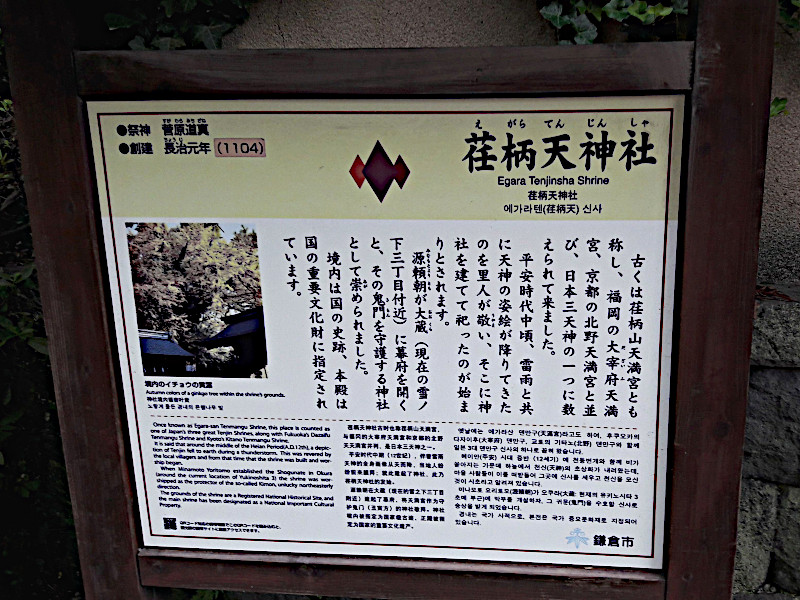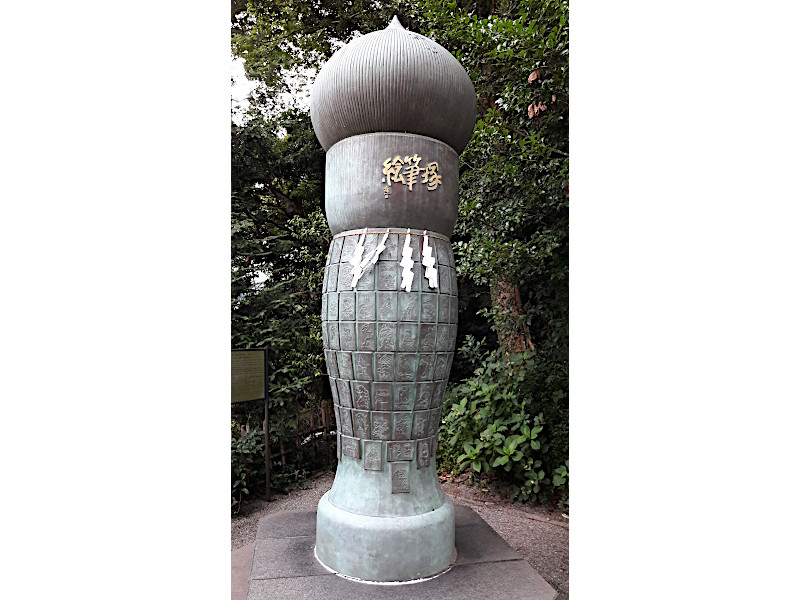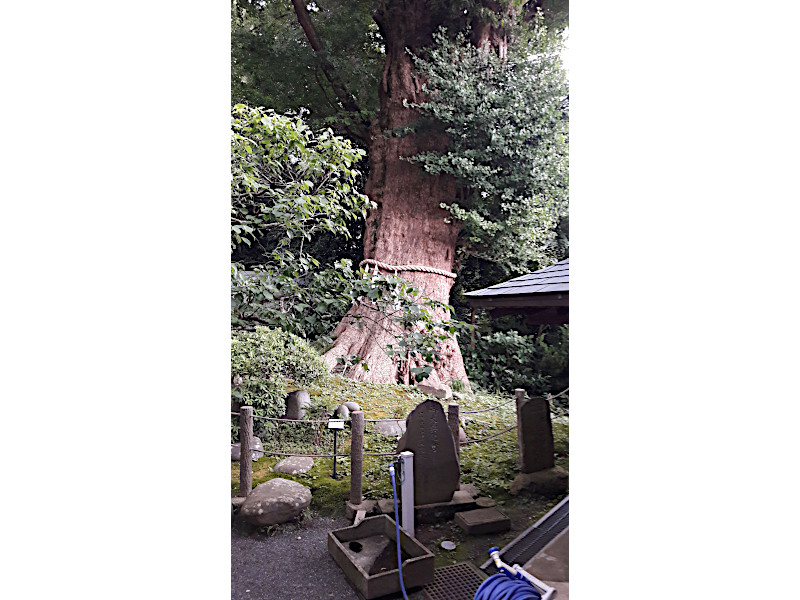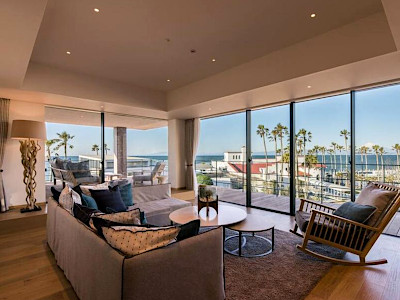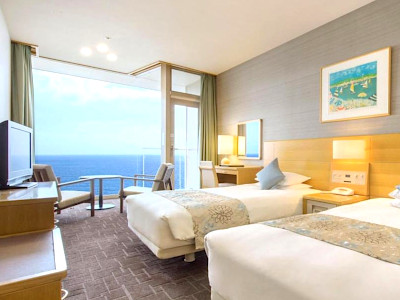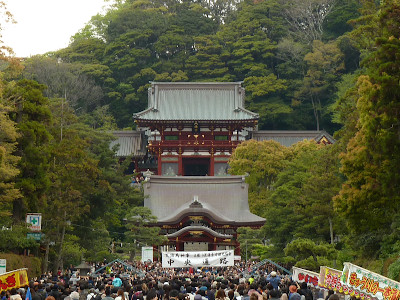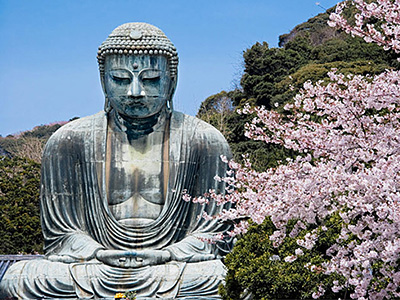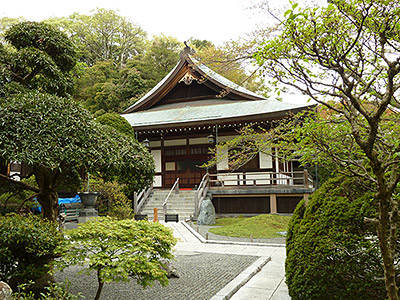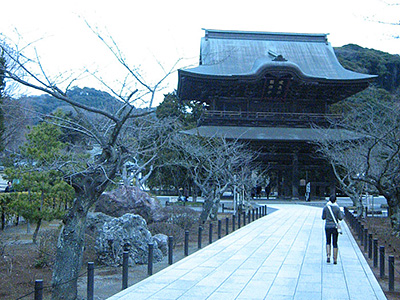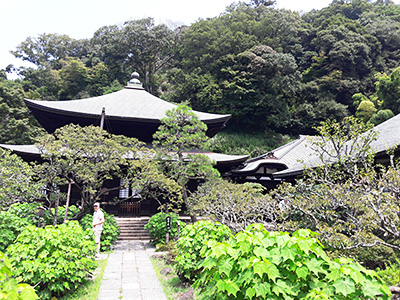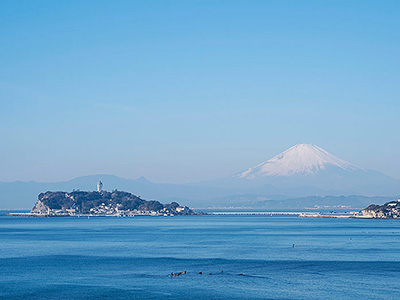Egara Tenjinsha Shrine in Kamakura
This post can contain affiliate links, which means that we may receive a small commission if you make a purchase using these links.
Facts & Figures
Egara Tenjinsha is an important Shinto shrine in Kamakura. The shrine is dedicated to Sugawara no Michizane (845 - 903), a well-known scholar, calligrapher and politician. The spirit of Sugawara is called Tenjin. Egara Tenjinsha is one of Japan´s three great Tenjin Shrines together with Dazaifu Tenmangu Shrine in Fukuoka and Kitano Tenmangu Shrine in Kyoto. The beautiful vermilion coloured Haiden (oratory) and Honden (sacrarium) are my must-see recommendations for you. The shrines sacred tree is a huge 900 year old great ginkgo tree. The shrine grounds are covered by over 100 plum trees. This includes also the earliest blooming winter plum in Kamakura. The shrine grounds are a Registered National Historical Site and the main shrine has the status of an National Important Cultural Property. The shrine is known as the deity of scholarship, therefore students come here every year (January - March) to pray for a successful exam. They buy wooden Shinto tablets (Ema) and write wishes on them. Just to give you a number approx. 15000 ema can be found attached to the shrine every January.
- Egara Tenjinsha:
- Opening Hours - daily from 8:30 am to 4:30 pm
- Closed - never
- Admission fee - free
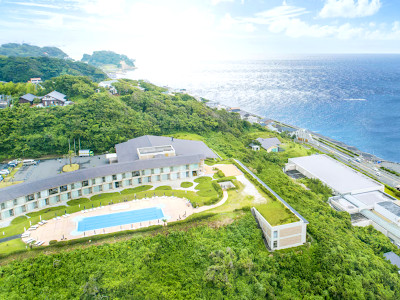 Best Places to Stay in Kamakura >
Best Places to Stay in Kamakura >
My tips for local activities
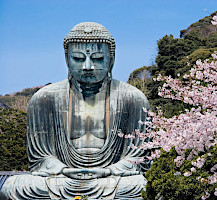
How about exploring the beautiful city of Kamakura and its historical places with a local guide? The personalized tour by our partner GetYourGuide can take between 4 - 6 hours. For more details check out this page >
History
Egara Tenjinsha was founded in 1104 during the Heian period (794 - 1185) by an unknown priest. The Honden and Haiden of the shrine were reconstructed in 1735. They material (old beams, pillars) came from the Tsurugaoka Hachimangu Shrine in Kamakura. In 1923 during the Great Kanto Earthquake parts of the main hall were damaged, but with the help of the Tsurugaoka Hachimangu Shrine everything came back to its former glory.
Location

Egara Tenjin Shrine is located 1500 meters northeast of the Kamakura Station within the Kanagawa Prefecture.
Address: 74 Nikaido, Kamakura, Kanagawa 248-0002, Japan
How to get to Egara Tenjinsha?
- 20min from Kamakura Station (served by JR Yokosuka Line)
Sightseeing spots at Egara Tenjinsha
Top:
Brush Monument (Fude-kuyoo) - The unique brush monument with a height of 3.2m was created as a memorial for manga artists Kon Shimizu (1912 - 1974) favourite paintbrush.
Efudezuka Monument - To honour Kon Shimizu - 154 cartoonists created different pictures of kappa. Kappa an imaginary animal was the main theme of his work.
Ginkgo Tree - The sacred tree is 900 years old and a Natural Monument designated by Kamakura City officials. It is the tallest tree in the city and has an impressive girth of 6.5m.
Festival & Events in Kamakura (dates can change without notice)
January
Fude-Kuyoo at Egara Tenjinsha (25th)
It is a memorial service for writing brushes. To give you a historical context: These brushes were used by intellectuals in Japan and therefore their importance should be honored once a year. Approx. 2000 parts of old brushes and pencils will be burned during this event. The ritual will be held by the chief priest.
April
Kamakura Matsuri (from 2nd to 3rd Sunday)
The city and its history will be celebrated.
July
Egara Tenjinsha Annual Shrine festival (25th)
A beautiful decorated portable shrine (mikoshi) is carried through the streets of Kamakura.
August
Bonbori Matsuri (7th to 9th)
Hundreds of lanterns can be found around Tsurugaoka Hachimangu Shrine.
Kamakura Hase no Akari (19th to 25th)
Eight temples and shrines (incl. Kotoku-in) will get illuminated at night.
September
Reitai Matsuri (between 14th and 16th)
This great festival with its most famous attraction the Japanese horseback archery is held at the Tsurugaoka Hachimangu Shrine.

